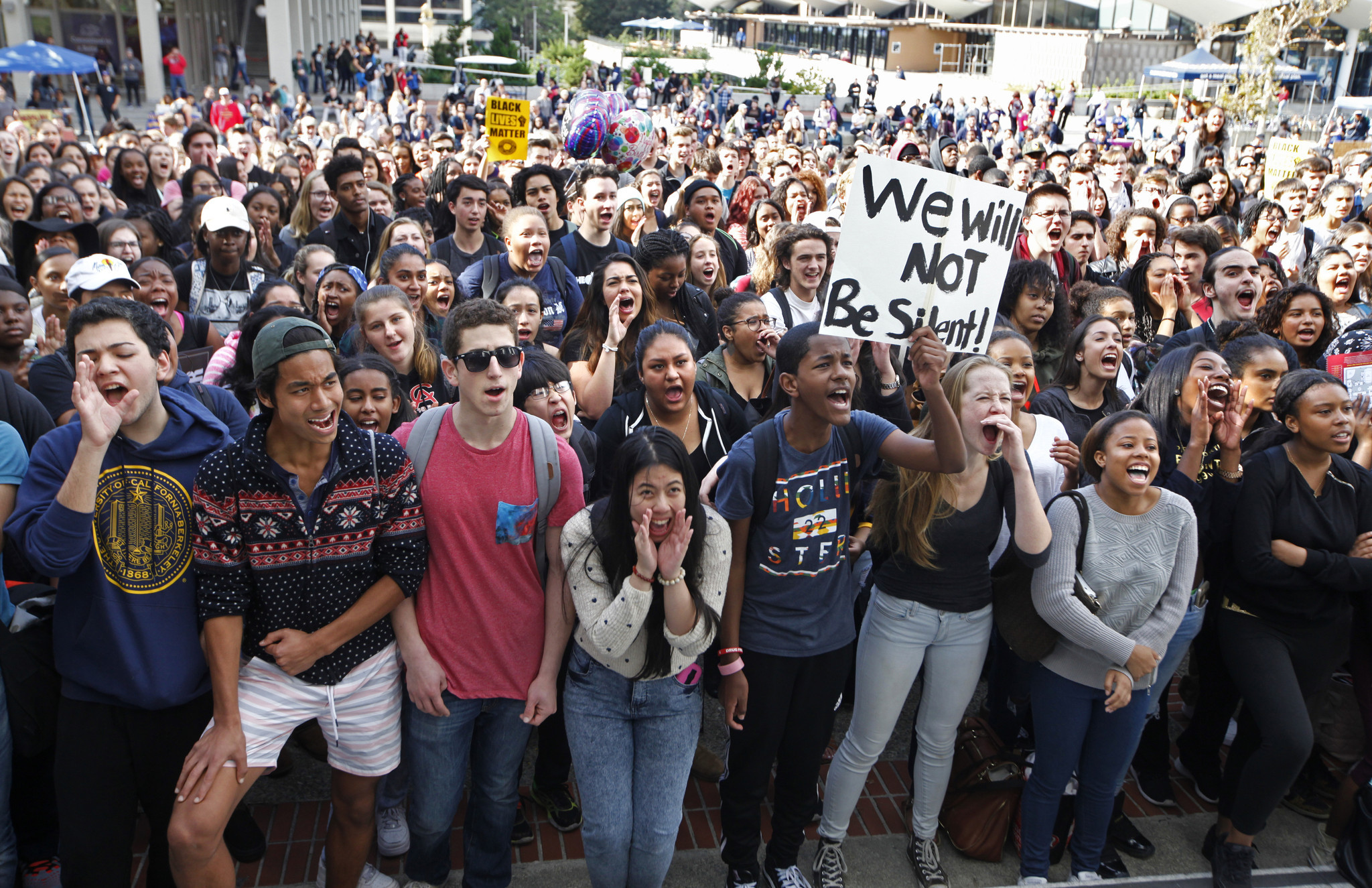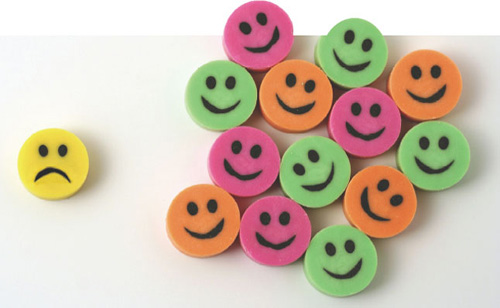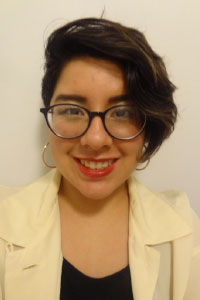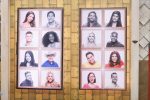Moving Past Broad Brushstrokes
It’s easier to make generalizations than it is to think critically about people, which is why it’s so hard to stop.
By Alli Guaman, Marymount Manhattan College
Even though many college students are largely left-leaning, with, according to the National Election Poll, 63 percent of them voting against Donald Trump, many undergrads don’t realize that keeping prejudice away from campus will take more than just a few marches.
In order to combat bias, students must first destroy the roots of prejudice found imbedded in society, which is no easy task. Superficial prejudice, the prejudice that has been made apparent through action or speech, is visible, but the root of any bigotry comes from within.

As Gordon Allport reports in his book, “The Nature of Prejudice,”as people develop in a society that constantly demands quick decisions, prejudice becomes hard-wired into human nature. Arne Roets, the author of a recent article in “Current Directions in Psychological Science,” supports Allport’s claim.
Roets describes the human need for making immediate sense of things, which leads them into the trap of relying on obvious, and not always truthful, information. Starting from birth, people look to other sources to form opinions.
For example, when I was kid, I was pretty scared of anything outside my immediate family. I craved direction; I wanted to stay in the comfortable, familiar world that my parents made for me. When my parents told me not to do something, like staying out late or hanging around certain people, I would ask why, listen and believe anything they said.
As a result, instead of learning to assess every situation critically, you begin to rely on borrowed knowledge, as there simply isn’t time to analyze every action by the merits of its unique situation. In other words, instead of tasting every type of berry to determine which ones will make you sick, you’re better off taking someone’s word for it.
As a result, it it common for people to struggle with disregarding stereotypes. It’s only natural to form assumptions on something so obvious, right? So, how can a college student break free from these social fetters before entering the real world?
Roets says prejudice “often satisfies some basic need to have quick answers and stable knowledge people rely on to make sense of the world.”
It’s not enough to just know of a stereotype; it’s critical to learn why a stereotype is the way it is and where the generalization originated from.
If you’re struggling with preconceived notions, studying just may be the solution. The Center for Media Literacy’s article, “How to Break the Stereotype,” covers the common questions you should ask yourself to begin researching a stereotype. These questions include how this stereotype came to be; if it was accurate then; if it’s accurate now, and how it’s evolved through time in relation to significant events.
There may be no college course that covers the history of stereotypes, but the campus library is an extensive resource for research. Beyond this, talking to people who have been on the receiving end of prejudice may help you understand its effects from another perspective.
Lose the fear of discovering the truth. Often, students are so overwhelmed with their tight schedules filled with school assignments that it seems impossible to focus on anything else. For many, it’s easier to go about their lives relying on preconceived notions, such as the model minority myth surrounding Asian Americans, instead of learning about the misperceptions that result from it and leave members excluded from government aid. It’s a matter of setting aside time and making this internal change a priority.
The article “Stereotypes and Collective Identification” by Jaako Lehtonen references Walt Lippmann’s “Public Opinion” in order to explain how “people resort to stereotypes because the world that we have to deal with is out of reach, out of sight and out of mind.”
Students must learn to cultivate their minds, not only through academia, but through general awareness, in order to remove embedded stereotypes from habitual mannerisms of thought.
Media can be a medium of knowledge, but it is also a medium through which stereotypes are spread throughout a large audience. Daily interactions are where we most encounter prejudice, as each person views the world differently. However, if an individual learns to research the authenticity of “facts” and develops a healthy sense of genuine curiosity that overpowers their fear, it is possible to slowly untie the threads of prejudice that have been deeply ingrained into human nature.

















